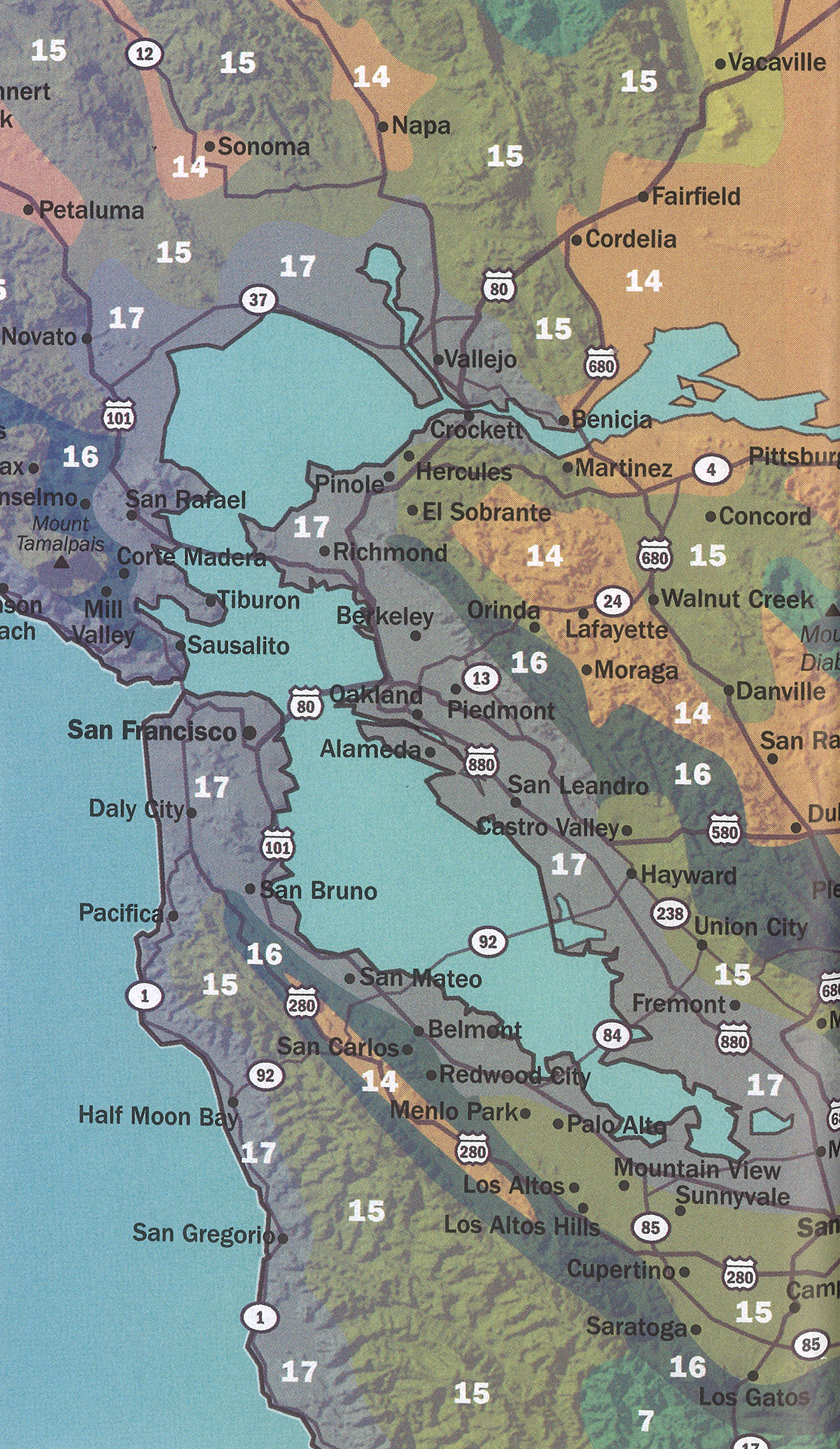
| height | 2–4ft | |
| width | 4–5ft | |
| tolerates | Coast, Cool Summers, Drought, Deer , Fog, Gophers, Heat, Pots, Neglect, Wind | |
| water needs |
Low | |
| water info |
Salvia apiana thrives in areas from the coast to the desert edge. They appreciate winter rains and fog drip during the summer, but often respond poorly to heavy summer watering. At a minimum, be sure white sage is dry before watering during summer. Waiting for the lower leaves to shrivel will help ensure you aren’t overwatering. If you choose to withhold summer water entirely, your plant may look sparse or bony by fall, with only a few leaves still vibrant, but it will flush out quickly with rain (or irrigation) in the fall. This is its natural cycle. | |
| hardy to |
10F | |
| exposure | Part Shade – Full Sun | |
| indoor outdoor |
Outdoor | |
| drainage | In Ground: Cactus Mix, In Pots: Cactus Mix, Tolerates Heavy Soil, Tolerates Sandy Soil | |
| fertilizing | Low Needs | |
| origin | SW California, NW Baja California Mexico | |
| california native |
Yes | |
| sunset zones |
7–9, 11, 13–24 |
Full Sun
Six or more hours of sun beams directly landing on the plant's leaves.
Part Shade
Three to five hours of sun beams directly landing on the plant's leaves.
Part Sun
One to two hours of sun beams directly landing on the plants leaves.
Full Shade
The plant is never fully lit by sun beams,
but is in a bright spot or has dappled sunbeams playing over the leaves throughout the day.
Deep Shade
The plant never has dappled light on the leaves, and is in a place that feels dim, even on a nice sunny day.
